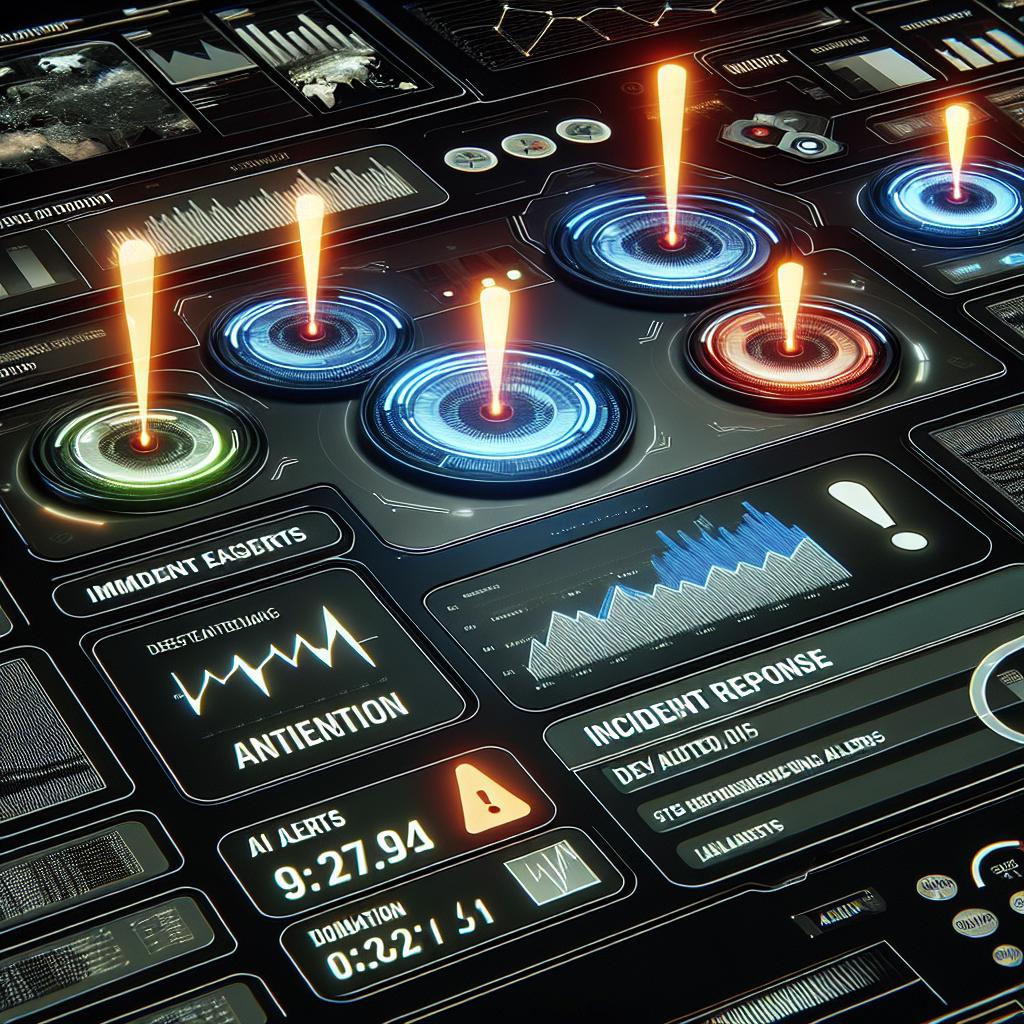In today’s fast-paced digital landscape, minimizing downtime during IT incidents is critical for maintaining business continuity and customer satisfaction. Traditional incident response methods often involve manual processes that can be slow and error-prone, leading to prolonged outages and increased operational costs. Enter AI-driven incident response—a transformative approach that leverages artificial intelligence to detect, analyze, and resolve incidents faster and more efficiently. Organizations adopting AI-driven incident response have reported cutting downtime by up to 50%, revolutionizing how they manage IT disruptions.
Understanding AI-Driven Incident Response
AI-driven incident response integrates machine learning, natural language processing, and automation into the incident management lifecycle. Instead of relying solely on human intervention, AI systems continuously monitor IT environments, identify anomalies, prioritize incidents, and even suggest or execute remediation steps.
Key components include:
- Automated Detection: AI models analyze vast amounts of log data, network traffic, and system metrics in real-time to detect unusual patterns that may indicate an incident.
- Intelligent Triage: Once an incident is detected, AI helps prioritize it based on severity, potential impact, and historical data, ensuring critical issues get immediate attention.
- Root Cause Analysis: Machine learning algorithms correlate data from multiple sources to pinpoint the underlying cause of the problem quickly.
- Automated Remediation: In some cases, AI can trigger predefined workflows or scripts to resolve common issues without human intervention.
- Continuous Learning: AI systems improve over time by learning from past incidents, reducing false positives, and enhancing response accuracy.
How AI Cuts Downtime by 50%
1. Faster Detection and Alerting
Traditional monitoring tools often generate alerts after a problem has already impacted users. AI-driven systems detect subtle anomalies early, sometimes before they escalate into full-blown incidents. Early detection means teams can act sooner, preventing or minimizing downtime.
2. Reduced Mean Time to Identify (MTTI)
AI accelerates the identification of the root cause by analyzing complex datasets and recognizing patterns that humans might miss. This reduces the time spent diagnosing issues, allowing teams to focus on resolution.
3. Streamlined Incident Prioritization
Not all incidents are created equal. AI helps prioritize incidents based on their potential business impact, ensuring that critical problems are addressed first. This prioritization prevents resource wastage on low-impact issues and speeds up recovery for high-impact incidents.
For routine or well-understood incidents, AI can automatically execute remediation steps, such as restarting services, applying patches, or reallocating resources. Automation reduces manual effort and human error, leading to faster resolution.
5. Enhanced Collaboration and Knowledge Sharing
AI-powered chatbots and virtual assistants can provide incident responders with relevant documentation, past incident reports, and suggested next steps in real-time. This support accelerates decision-making and reduces downtime.
Real-World Examples
- Financial Services: A major bank implemented AI-driven incident response to monitor its transaction processing systems. The AI detected anomalies in transaction patterns and automatically triggered failover protocols, reducing downtime during outages by 60%.
- E-commerce: An online retailer used AI to analyze server logs and customer behavior, enabling early detection of website performance degradation. Automated remediation scripts restored service quickly, cutting downtime by nearly half during peak shopping seasons.
- Telecommunications: A telecom provider integrated AI with its network operations center, allowing for predictive maintenance and rapid incident resolution. This proactive approach reduced network outages and improved customer experience.
Best Practices for Implementing AI-Driven Incident Response
- Start with Clear Objectives: Define what you want to achieve—whether it’s reducing downtime, improving detection accuracy, or automating specific workflows.
- Integrate with Existing Tools: AI solutions should complement your current monitoring, ticketing, and communication platforms for seamless workflows.
- Ensure Data Quality: AI effectiveness depends on high-quality, comprehensive data. Invest in proper data collection and management.
- Train and Involve Your Team: Educate your incident response team on AI capabilities and limitations. Human oversight remains crucial.
- Continuously Monitor and Improve: Regularly review AI performance and update models to adapt to evolving IT environments.
Conclusion
AI-driven incident response is no longer a futuristic concept—it’s a practical, proven strategy that can dramatically reduce downtime and improve operational resilience. By automating detection, prioritization, and remediation, organizations can respond to incidents faster and more effectively, safeguarding their digital assets and customer trust. As AI technologies continue to evolve, their role in incident management will only grow, making them indispensable tools in the quest for near-zero downtime.



